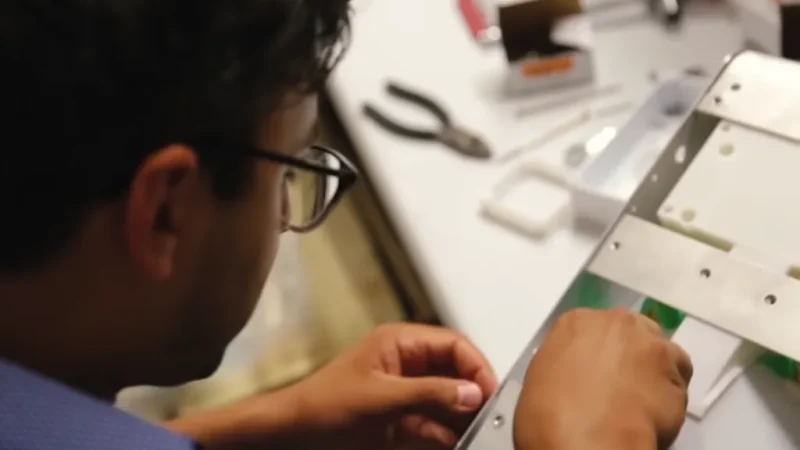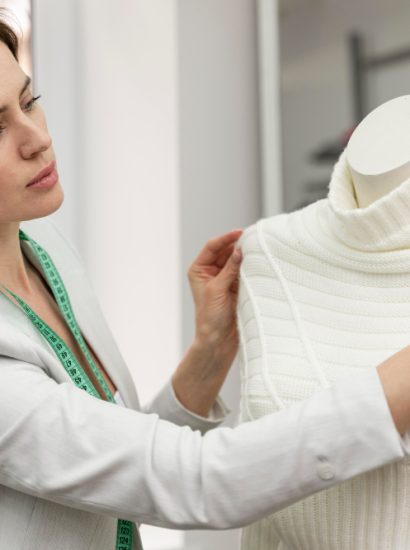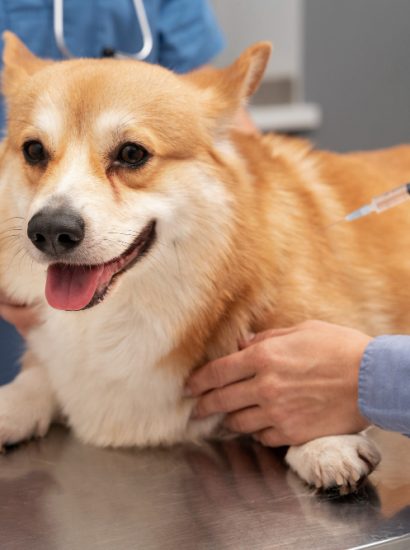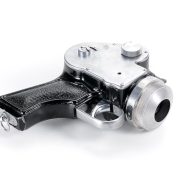Have a great idea but not sure how to bring it to life? Whether you’re a creative thinker, engineer, or aspiring entrepreneur, knowing how to produce an invention is the first step toward success. Turning your concept into a real-world product involves strategy, planning, and persistence—but with the right steps, it’s more achievable than you think.
In this complete guide, we’ll break down the process of producing an invention, from brainstorming and prototyping to patenting, funding, and manufacturing.
What Does It Mean to Produce an Invention?
Producing an invention means taking a concept, designing it, testing its feasibility, protecting it legally (through a patent), and preparing it for mass production or commercial sale.
This journey typically involves:
- Research and development (R&D)
- Prototyping
- Market validation
- Intellectual property protection
- Sourcing or manufacturing
- Funding and distribution
Start With an Inventive Idea
Every invention starts with a problem-solving idea. Ask yourself:
- What problem does this invention solve?
- Who will use it?
- Is it a completely new concept or an improvement?
Tip: Keep a digital or physical idea journal to sketch and jot down concepts.
Research the Market and Existing Solutions
Before you go further, perform market research to validate your idea.
- Are there similar products already?
- How are current problems being solved?
- What’s the potential market size?
- Is there demand?
Tools to help with research:
- Google Patents
- USPTO.gov
- Google Trends
- Amazon and eBay (for competitor analysis)
Document Your Invention
Even before applying for a patent, create an invention disclosure document (IDD) or keep a dated inventor’s notebook with:
- Detailed sketches or diagrams
- Written explanation of function
- Use cases and variations
This helps protect your idea and is often required for patent applications.
Build a Prototype
Prototyping is one of the most critical steps in producing an invention.
Types of Prototypes:
- Conceptual (visual model or sketch)
- Working prototype (functional but not final design)
- Pre-production prototype (nearly finalized, ready for testing)
Ways to build prototypes:
- DIY with materials like 3D printing, wood, or foam
- Hire an engineer or product developer
- Use services like Fiverr, Upwork, or Maker spaces
Protect Your Intellectual Property
Before showing your invention publicly, consider patent protection.
Types of Patents:
- Utility Patent: Protects how it works
- Design Patent: Protects how it looks
- Provisional Patent: Temporary (1 year) protection while preparing a full patent
You can apply via:
- USPTO (United States Patent and Trademark Office)
- Patent attorneys or online legal platforms (e.g., LegalZoom, Rocket Lawyer)
Tip: Filing a provisional patent gives you “patent pending” status at a lower initial cost.
Refine Your Invention Through Testing
Test your prototype to identify flaws or opportunities for improvement.
- Get feedback from real users
- Conduct usability tests
- Measure performance, safety, and durability
Iteration is normal—great inventions often go through multiple versions before they’re ready.
Estimate Costs and Production Needs
To produce your invention commercially, you’ll need to:
- Calculate production costs (materials, labor, packaging)
- Set target retail price
- Estimate MOQ (Minimum Order Quantities)
- Consider domestic vs. overseas manufacturing
Resources to find manufacturers:
- Thomasnet (USA-based)
- Alibaba (Overseas manufacturing)
- Xometry, Fictiv (Rapid prototyping & production)
Create a Business Plan
If you plan to launch the invention yourself (vs. licensing), create a solid plan covering:
- Target market
- Value proposition
- Revenue model
- Marketing and distribution strategy
- Funding needs
You’ll need this to pitch to investors, manufacturers, or licensing partners.
Explore Funding Options
Producing an invention often requires funding. Here are ways to finance it:
- Crowdfunding (Kickstarter, Indiegogo)
- Angel investors or venture capital
- Small business loans or grants
- Bootstrapping (self-funding)
- Pre-sales via website or social media
Crowdfunding can also validate your market before full production.
Move Into Manufacturing
Once your invention is ready and funded, you can begin mass production.
Steps include:
- Finalizing product specs and packaging
- Choosing a manufacturer
- Ordering samples for quality control
- Managing supply chain and logistics
Don’t forget to set up quality assurance checks to ensure consistency.
Plan for Launch and Distribution
You can sell your invention via:
- Your own eCommerce site (Shopify, WooCommerce)
- Amazon, eBay, Etsy
- Retail distribution (Walmart, Target)
- Trade shows or expos
Support your launch with digital marketing:
- SEO
- Paid ads
- Email campaigns
- PR and influencer outreach
Consider Licensing Your Invention
If you prefer not to start a business, you can license your invention to another company.
Steps:
- Get legal IP protection
- Prepare a product pitch deck
- Find industry contacts
- Negotiate a licensing agreement for royalties
Summary: Steps to Produce an Invention
| Step | Action |
|
|
Generate and validate your idea |
|
|
Research existing solutions |
|
|
Document everything |
|
|
Build a prototype |
|
|
Protect your idea with a patent |
|
|
Test and refine the prototype |
|
|
Budget for manufacturing |
|
|
Create a business or licensing plan |
|
|
Secure funding |
|
|
Manufacture and market your product |
Conclusion
Knowing how to produce an invention is the first big step from dreamer to doer. With the right mix of research, development, protection, and marketing, you can turn a simple idea into a real-world product that changes lives—or even disrupts an entire industry.
Ready to take your invention from idea to impact? Start today by sketching it out—and commit to the process.
FAQs
1. Do I need a patent to produce an invention?
Not necessarily. While a patent offers protection, many inventors test and validate their ideas before filing. However, a provisional patent can protect your concept during development.
2. How much does it cost to produce an invention?
Costs vary widely. A basic prototype may cost $500–$5,000. Full production could range from $10,000 to $100,000+ depending on complexity and volume.
3. Can I manufacture my invention myself?
You can for small batches, especially if it’s handmade or 3D printed. For scaling, it’s best to partner with a manufacturer.
4. What if I can’t afford to fund my invention?
Explore crowdfunding, grants, small business loans, or partner with investors who believe in your idea.
5. Should I license or sell my invention idea?
If you don’t want to manage a business, licensing is a good option. You earn royalties while the licensee handles production and sales.
Also read: Justworks Pricing: Complete Guide to Plans, Costs, and Features









